“It is a different way of learning, but significant in many ways. My students remember that class with a smile on their faces and they ask me for more classes like that.”
As teachers, we face the challenge of making our classes not fall into monotony or boredom. Therefore, we need to anticipate and think about how to keep students’ attention creatively while, as teachers, we also enjoy the process.
Applying mathematics in different scenarios reinforces our understanding of the subject. Whether or not we have technological tools at hand, we can always innovate our teaching. There are low-cost means that we can use in a different way for fun teaching. Can you imagine teaching math using just a rope?
“In later classes, I realized that they remembered the mathematical concepts easily thanks to the figure made by themselves with the rope.”
In the subject I teach, Algebraic and Transcendental Functions, for students of the third semester of high school, we address the topic of Conical Sections within which we see the sub-theme of “The Ellipse.” One day I asked students to search the definition of an ellipse individually.
The next day in the classroom, I explained that they must resolve a challenge. I asked them to go out on the school courts, and I handed them a rope. The instruction I gave them that day was this: “You must build an ellipse using only this rope among all of you, based on the definition you have already read.”
An ellipse is the set of all points in the plane whose sum of distances from two fixed points, F1 and F2, is a constant (see Figure 1). These two fixed points are the foci of the ellipse.
Figure 1. Geometric representation of an ellipse where F and F’ represent the foci and P represents any point on the ellipse.
The students immediately began to think individually about how to build the ellipse, to share ideas and opinions. They tried to do it circularly by opening a little more at the ends to give it an elliptical shape, but the challenge was that it must be an ellipse. Therefore, the sum of the distances from the foci to any point on the circumference should always be the same value.
Some students used an app from their cell phones to measure distances, wanting to do mathematical calculations, but the instruction was to use only the rope and their bodies; so taking measurements was not the way to solve it, and the use of the string remained a mystery to all the members of the class.
After a while, they figured out how to solve the challenge. They placed two people at two fixed points, each holding one end of the rope (playing the roles of ellipse foci), and another student holding the central part of the string walked around them forming triangles and situating a partner on each vertex of it, so that all the students of the group developed an ellipse, each being at the precise distance (see a video of the solution below).
“It is always possible to teach in a creative way if we think about it and plan ahead.”
At the end of the challenge, we found that the distances were equal by passing the rope through the hands of each student. Then I mentioned to them the important elements of an ellipse and some of the formulas to find its elements. For them, it was a different way of learning the subject, a little more relaxed and fun, working collaboratively, expressing their ideas to their peers, and debating how to solve the challenge.
For the students, it is a different way to learn, but significant in many ways. I realized that the exercises of ellipses that we did in later classes had concepts that they quickly remembered thanks to the figure made by them with the rope. Somehow, having a more practical course made them easily remember math concepts because of what they learned that day.
It was a class that my students still remember with a smile on their faces, and they ask me for more courses like that. Some subjects lend themselves to do this and other topics that are a little more difficult to plan for this, but I think it is always possible if we think about it and plan with anticipation.
I share this experience with the aim of inviting my teaching colleagues to add to this idea of having some different but meaningful classes outside the classroom, to have students accumulate memories of their courses that make them smile about what their teachers taught them, giving them anecdotes that they will surely share with their friends for years to come.
About the author
Nereyda Analy Villarreal Lozano (nereyda_avl@tec.mx) is a professor in the Department of Mathematics at the Prepa Tec campus Eugenio Garza Sada. She teaches math classes for first through sixth-semester students, as well as math workshops for newly entering high school students and new undergraduate admission students.
This article from Observatory of the Institute for the Future of Education may be shared under the terms of the license CC BY-NC-SA 4.0 
)
)

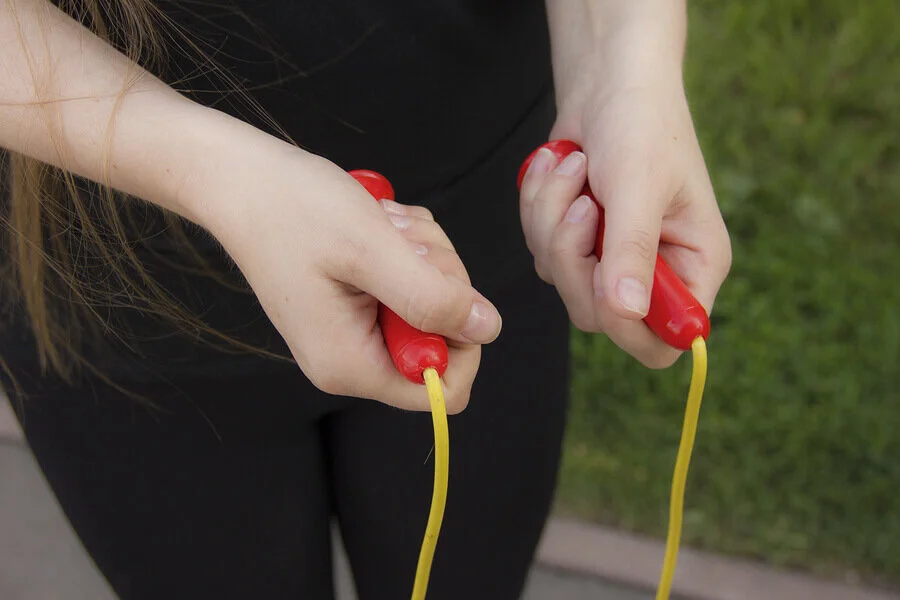
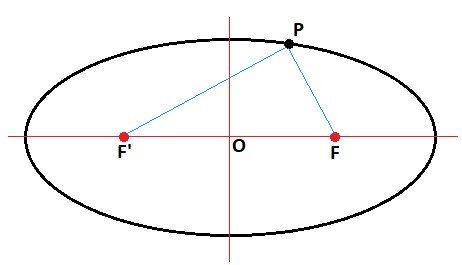
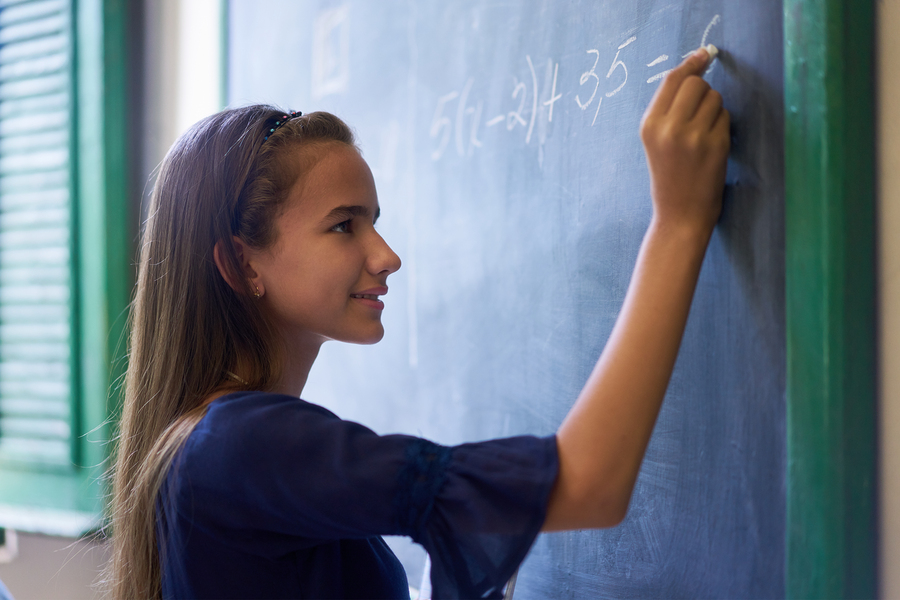

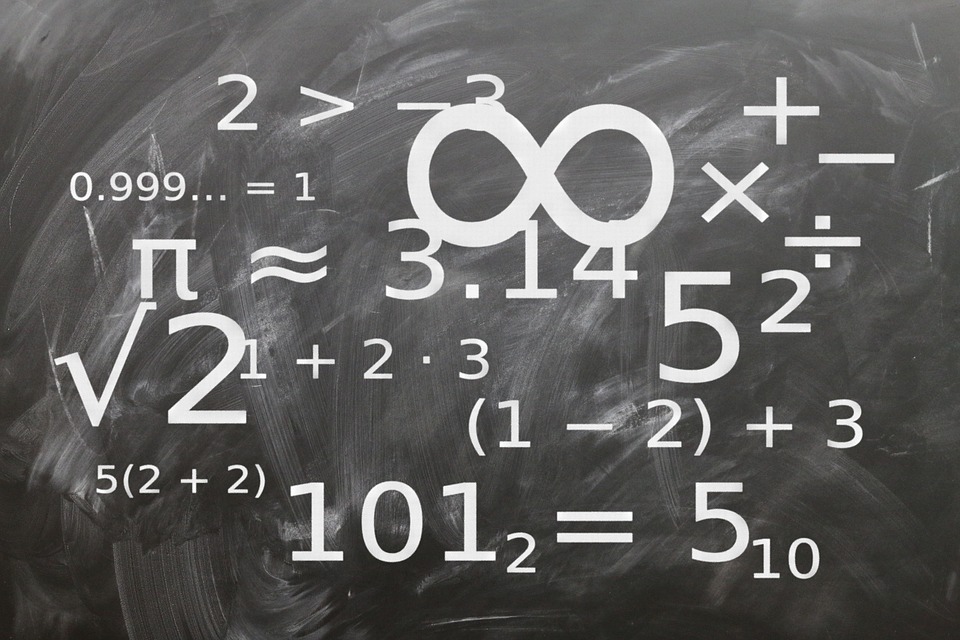
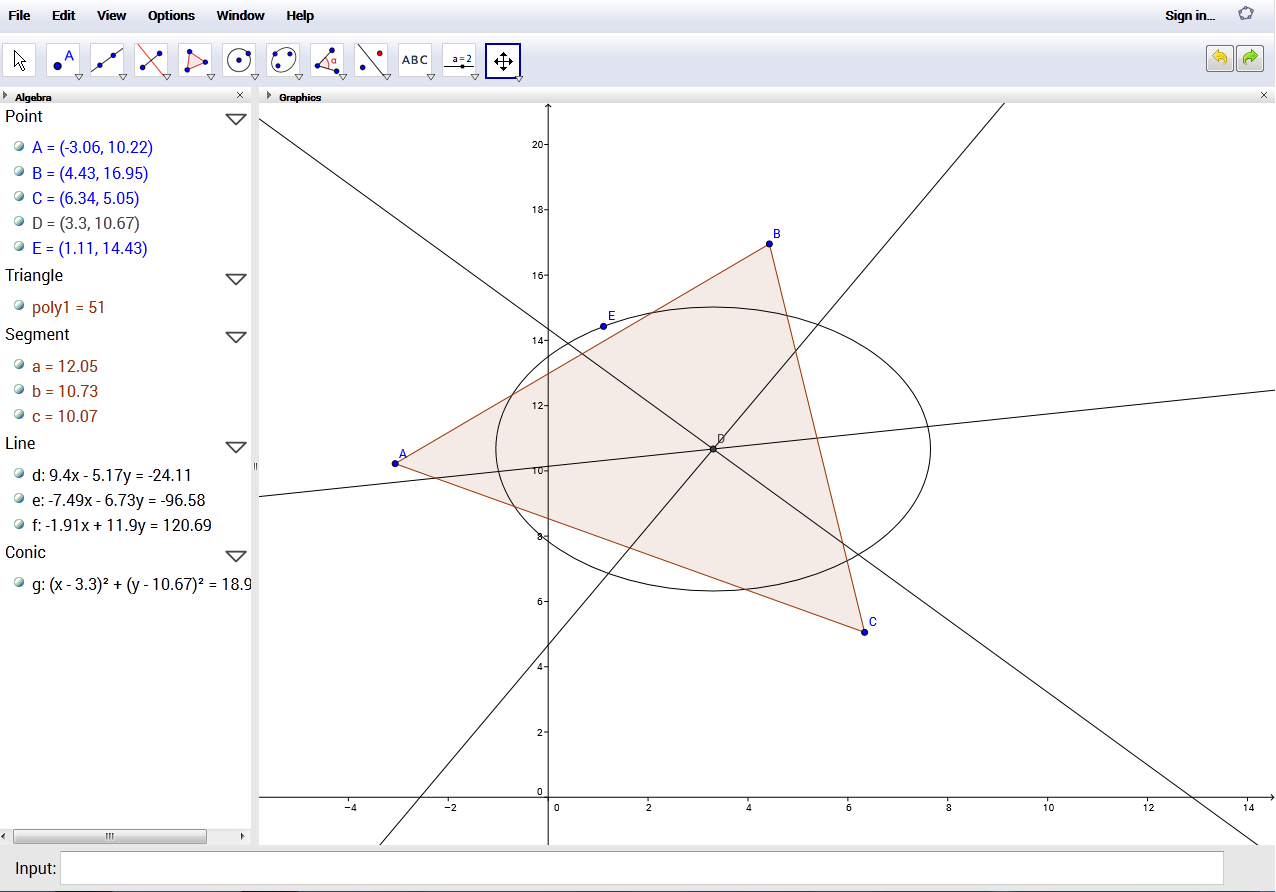
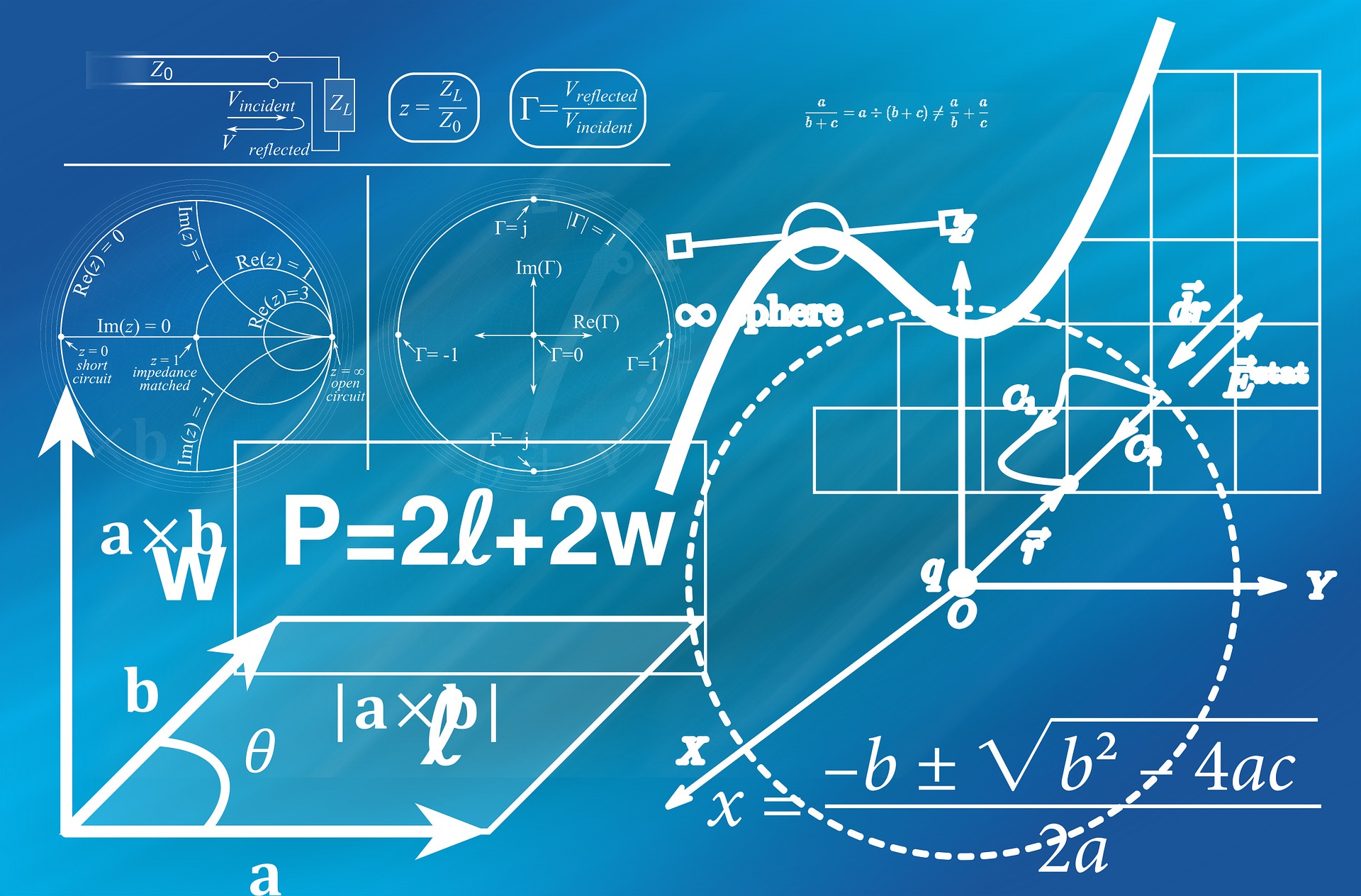
)
Linda Medina Herrera, Saúl Juárez Ordóñez, and Jaime Castro Pérez
Linda Medina Herrera, Saúl Juárez Ordóñez, and Jaime Castro Pérez
Linda Medina Herrera, Saúl Juárez Ordóñez, and Jaime Castro Pérez